The HCG Diet Part 3
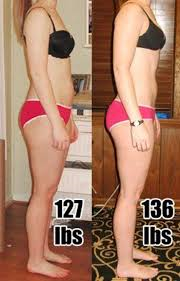 In Part 1 of this blog-post, I wrote about the different qualities and effects of hCG. In Part 2 I tried to make clear where to pay attention to. Part 3 of the blog-posts is meant to be challenging the low carb diet and the very low carb diet (VLC) as well as the use of “keto-sticks”.
In Part 1 of this blog-post, I wrote about the different qualities and effects of hCG. In Part 2 I tried to make clear where to pay attention to. Part 3 of the blog-posts is meant to be challenging the low carb diet and the very low carb diet (VLC) as well as the use of “keto-sticks”.
A lot of people mistakenly believe low carb diets are good for weight loss because they make us lose "water weight".
We store carbohydrate in the body as glycogen, and for every gram we store, 1.6 grams of water is also stored. When you are losing your carb stores from your muscles, you are also losing water weight.
You hear of people saying, 'I have lost 5kg in one week' but most of that is water weight. That weight can easily be regained when we resume a diet with carbohydrates.
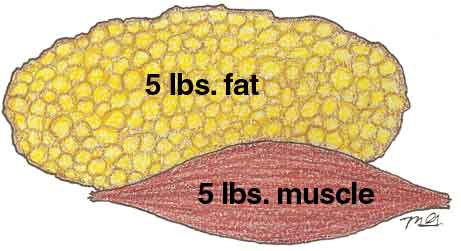
The facts are clear. The best way to lose fat and look slimmer is to build muscle. Since one picture’s worth a thousand words, here’s 5 lbs of muscle vs fat of the same weight. Notice 5 lbs of fat is three times bigger.
This means that if you were to build 5 lbs of muscle and lose 5 lbs of fat, you would weigh exactly the same, but look smaller and firmer. So imagine if it were 25 lbs or 50 lbs of lost fat vs muscle gained.
This is why it’s possible for you to lose fat inches when exercising, yet show no change in scale weight. And can you see how firm the muscle looks compared to the lumpy, tapioca pudding consistency of fat?
It is important to gain muscle and drop fat and water. Being on such a diet can maintain you present weight and even make you heavier. And that is exactly why many scientifical studies claimed that hCG diets don’t work. Or anyy (crash) diet. Just GOOGLE on the word hCG and see how plentyfull the “before and afterwards” pictures are present Sadly enough you don’t see the “afterwards-afterwards” pictures. Many people tend to regain their weight and fatmass after they start eating like they were used to, and mostly even become fatter, the notorious Yo-Yo effect. In order to keep your looks you need to change your eating habits or use the old “Bulk and Cut” periods like the Old School bodybuilders did.
Newer research shows eating less sugars – refined food and carbohydrates is healthier and can make you live longer. Though I really like this subject, it has no place in a diet blogpost, just like the pain management in Part 1.
KETOGENESIS: What does it mean?
The human body, as widely studied in the agrarian world today, widely relies on glycogen (carbohydrates) for producing energy for its functions. Now when this abundant energy source of glycogen, for some reason depletes and is no longer available to the liver, the body triggers a survival function. The body now starts breaking down Fatty acids and Proteins for energy production. Much like switching a car engine from petrol to CNG, or an electrical source from AC to DC.
How does Ketosis help in Bodybuilding?
When it comes to competitive bodybuilding, there are two stages: Gaining and Cutting.
The usual gain phase is where the athletes are on a high carb, high protein diet supplementing their workouts as they are trying to gain as much muscle mass (size) as possible.The cutting phase is when a bodybuilder is trying to cut down on fat so that the muscle definition can be seen through the skin. Therefore in the cutting phase, many bodybuilders switch to a ketogenic diet - of only high amounts of proteins and healthy fats (especially rich in omega 3) - thus forcing their bodies to burn all the fat that they have accumulated for energy and thus cause a higher rate of fat loss without losing too much muscle mass.
.jpg) A must mention here would be the difference between the classical ketogenic diet and the bodybuilding ketogenic diet.
A must mention here would be the difference between the classical ketogenic diet and the bodybuilding ketogenic diet.
The classical ketogenic diet is 75% fat, 20% protein and 5% carbs.
While the bodybuilding ketogenic diet is 70% Protein and 25% fat and 5% complex carbs.
Can you keep switching between ketosis and a regular diet?
NO. unless you are doing it just for fun and results don't matter. which I hope is not the case.
It is a switch in the system. Your body is switching to an alternate energy source. It takes time for your body to adapt to it, and once it has adapted to it, it takes time for your body to switch back to accepting glycogen as the primary energy source.
KETOSIS FAILURE: if you consume more than 30 grams of carbs in a day, your body will automatically switch back to using glycogen for energy. The 30 gms limit varies from person to person - some people shift to ketosis on higher amounts too. but 30 gms is considered the usual standard. Even when you are aiming for 30 gms, you should actually try to not consume any carbs at all - because still 30 gms will sneak into your diet. The only carb allowed on ketosis is green leafy vegetable salad a day - that’s spinach, lettuce, methi, broccoli for fiber. Mind you, there are no cheat days on a ketogenic diet. But if you want to make it a long-term diet, you could take a break day every 15 days, followed by an intense workout the next day to immediately deplete all the glycogen so that your boy can switch back to ketosis asap.
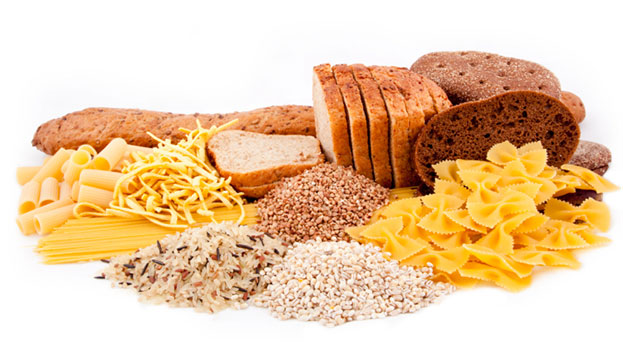 What 'to and not to' eat on a Ketogenic Diet?
What 'to and not to' eat on a Ketogenic Diet?
PROTEIN SOURCES: Meats, Eggs, Poultry, Fish and HYDROLYSED WHEY PROTEIN.
FAT SOURCES: Fish Oils, Cheese, Peanut Butter, Olive Oil.
One bowl of salad of spinach, methi, lettuce and broccoli every day.
Avoid milk. No sugar. No grains. No Beans. No Agro produce whatsoever.
What Supplements enhance a Ketogenic Diet for fat loss?
Whey Isolates, Fish Oils, Carnitine, Caffeine, Guarana, Yohimbine.
Switching off carbs can sometimes result in cramping of muscles during intense workouts.
Taking a potassium supplement and a zero carb BCAA mixture with salt keeps muscle cramps and fatigue at bay. If you have enough salts in your diet, this wouldn't be an issue.
Does a ketogenic diet affect your fitness levels?
Now this is a point on which many fitness professionals would argue. Professional bodybuilders that I have spoken to, say that your strength reduces on a ketogenic diet - which is scientifically quite sound. You might not be able to lift the same amount of poundage on a ketogenic diet as you might be able to on a fully carb loaded day.
How do you prevent binging or control food cravings on a ketogenic diet?
Normally you shouldn't be bothered by food cravings, because a vlc diet controls this nad other believe that hCG controls it over the hypothalamus.
But just in case: Keep a snack pack at hand all day. In fact, on a ketogenic diet, you are constantly eating.
My snack pack contains Almonds, walnuts, cheese cubes, almond barfiis (sweets) sweetened and sugar free chewing gums. These will hold you off very well until the next meal.
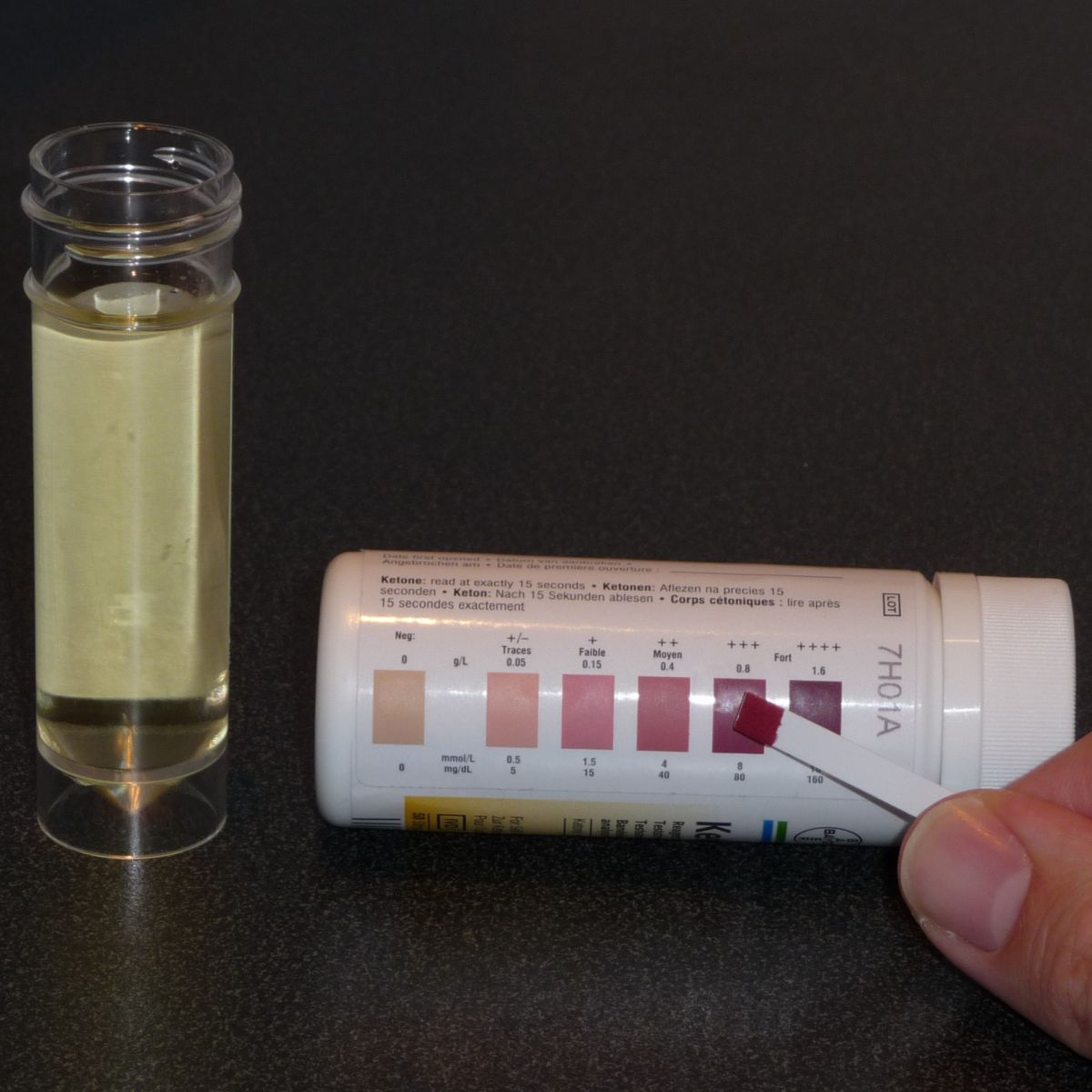 What are ketones?
What are ketones?
When the body must use its fat stores for energy (our goal to lose weight), these fat cells begin to release the long fatty acids into the blood. To be used as fuel, particularly by the brain, the fatty acids go to the liver where they are literally cut into two carbon fragments (ketoacids.)
They are then utilized (burned) by many tissues, including the brain. The brain operates just as well on a diet of ketoacids as it does on glucose. What's left (the incompletely burned fragments) are called ketones, and they are what spill into the urine to be swept from the body.
When the body is in the fat burning state — where it has no carbohydrate to burn and is breaking down body fat for fuel, the body is in a state of ketosis-lipolysis (ketosis for short.) This is the only metabolic pathway for fat breakdown (lipolysis.) Therefore, there is no lipolysis without ketosis, no ketosis without lipolysis. The two terms are biologically linked and, therefore, it is appropriate that they be linguistically linked.
So being in ketosis simply means that you're burning your fat stores and using them as the source of fuel they were meant to be.
How will ketosis help me to lose weight?
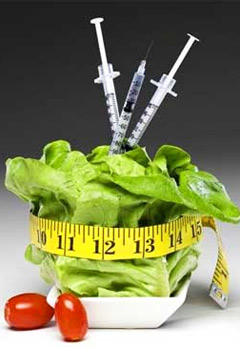 Most reducing diets restrict calorie intake, so you lose weight but some of that is fat and some of it is lean muscle tissue as well. Less muscle means slowed metabolism, which makes losing weight more difficult and gaining it back all too easy. Ketosis will help you to lose FAT.
Most reducing diets restrict calorie intake, so you lose weight but some of that is fat and some of it is lean muscle tissue as well. Less muscle means slowed metabolism, which makes losing weight more difficult and gaining it back all too easy. Ketosis will help you to lose FAT.
Being in ketosis means that your body's primary source of energy is fat (in the form of ketones). When you consume adequate protein as well, there's no need for the body to break down its muscle tissue. Ketosis also tends to accelerate fat loss --- once the liver converts fat to ketones, it can't be converted back to fat, and so is excreted.
But, isn't ketosis dangerous?
Being in ketosis by following a low carbohydrate diet is NOT dangerous. The human body was designed to use ketones very efficiently as fuel in the absence of glucose. However, the word ketosis is often confused with a similar word, ketoacidosis.
Ketoacidosis is a dangerous condition for diabetics, and the main element is ACID not ketones. The blood pH becomes dangerously acidic because of an extremely high blood SUGAR level (the diabetic has no insulin, or doesn't respond to insulin .... so blood sugar rises ... ketones are produced by the body to provide the fuel necessary for life, since the cells can't use the sugar). It's the high blood sugar, and the acid condition that is so dangerous. Ketones just happen to be a part of the picture, and are a RESULT of the condition, not the CAUSE. Diabetics can safely follow a ketogenic diet to lose fat weight ... but they must be closely monitored by their health care provider, and blood sugars need to be kept low, and stable.
How do the ketone test strips work, and where can I get them?
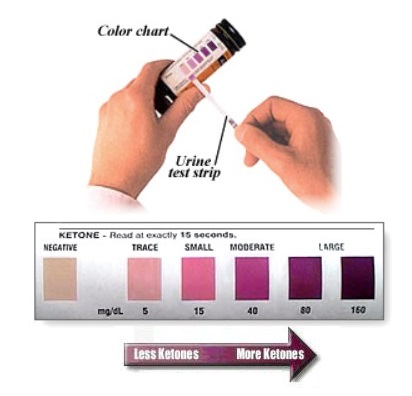 Ketone urine-testing strips, also called Ketostix or just ketone sticks ... are small plastic strips that have a little absorptive pad on the end. This contains a special chemical that will change colour in the presence of ketones in the urine. The strips may change varying shades of pink to purple, or may not change colour at all. The container will have a scale on the label, with blocks of colour for you to compare the strip after a certain time lapse, usually 15 seconds. Most folks simply hold a strip in the flow of urine. Other folks argue that the force of the flow can "wash" some of the chemical away, and advise that a sample of urine be obtained in a cup or other container, then the strip dipped into it.
Ketone urine-testing strips, also called Ketostix or just ketone sticks ... are small plastic strips that have a little absorptive pad on the end. This contains a special chemical that will change colour in the presence of ketones in the urine. The strips may change varying shades of pink to purple, or may not change colour at all. The container will have a scale on the label, with blocks of colour for you to compare the strip after a certain time lapse, usually 15 seconds. Most folks simply hold a strip in the flow of urine. Other folks argue that the force of the flow can "wash" some of the chemical away, and advise that a sample of urine be obtained in a cup or other container, then the strip dipped into it.
The chemical reagent is very sensitive to moisture, including what's in the air. It's important to keep the lid of the container tightly closed at all times, except for when you're getting a strip to take a reading. Make sure your fingers are dry before you go digging in! They also have an expiry date, so make note of this when you purchase the strips ... that's for the UNopened package. Once opened, they have a shelf-life of about 6 months -- you may wish to write the date you opened on the label for future reference.
Ketone test strips can be purchased at any pharmacy, and are usually kept with the diabetic supplies. In some stores they're kept behind the counter, so if you don't see them on the shelf, just ask the pharmacist; you don't need a prescription to buy them.
I'm following Induction strictly; why won't my strips turn purple?
Ketones will spill into the urine ONLY when there is more in the blood than is being used as fuel by the body at that particular moment.
You may have exercised or worked a few hours previously, so your muscles would have used up the ketones as fuel, thus there will be no excess. You may have had a lot of liquids to drink, so the urine is more diluted. Perhaps the strips are not fresh, or the lid was not on tight and some moisture from the atmosphere got in.
Some low carbers NEVER show above trace or negative even ... yet they burn fat and lose weight just fine. If you're losing weight, and your clothes are getting looser, you're feeling well and not hungry all the time .. then you are successfully in ketosis. Don't get hung up on the strips; they're just a guide, nothing more.
Will I lose weight faster if the strips show dark purple all the time?
No. Testing in the darkest purple range all the time is usually a sign of dehydration -- the urine is too concentrated. You need to drink more water to dilute it, and keep the kidneys flushed.
The liver will make ketones from body fat, the fat you EAT, and from alcohol --- the ketone strips have no way of distinguishing the source of the ketones. So, if you test every day after dinner, and dinner usually contains a lot of fat, then you may very well test for large amounts of ketones all the time. However this does not indicate that any BODY fat was burned.
The strips only indicate what's happening in the urine. Ketosis happens in the blood and body tissues. If you're showing even a small amount, then you are in ketosis, and fat-burning is taking place. Don't get hung up on the ketone sticks.
Does caffeine affect ketosis?
This is questionable. There ARE a few studies that suggest caffeine may cause blood sugar to rise, with consequent effect on insulin ... The studies involve consuming 50 gm glucose orally, followed by a dose of caffeine. This is quite different from a low carber, who is consuming only 20 gm carbs, in the form of high-fiber vegetables, spread throughout the day.
Many low carbers continue to enjoy caffeine-containing beverages with no serious impact on their weight-loss efforts. However, there are some sensitive individuals ... and persons who are extremely insulin resistant may need to restrict or even eliminate all caffeine. If you have been losing successfully then find your weight loss stalled for a month or two, and you are following your program to the letter, you might consider stopping all caffeine for a while, to see if that will get things started again.
Will drinking alcohol affect ketosis?
No and yes. The liver can make ketones out of alcohol, so technically, when you drink you'll continue to produce ketones and so will remain in ketosis. The problem is ... alcohol converts more easily to ketones than fatty acids, so your liver will use the alcohol first, in preference to fat. Thus, when you drink, basically your FAT burning is put on hold until all the alcohol is out of your system.
This rapid breakdown of alcohol into ketones and acetaldehyde (the intoxicating by-product) ... tends to put low carbers at risk for quicker intoxication ... especially if no other food is consumed to slow absorption.
- Login to post comments


